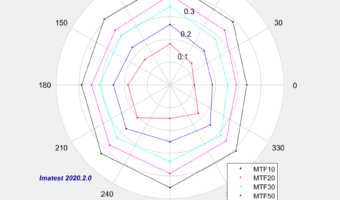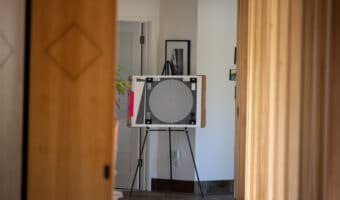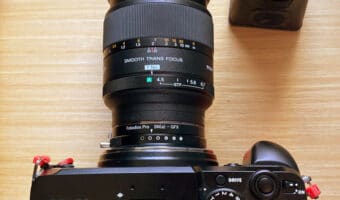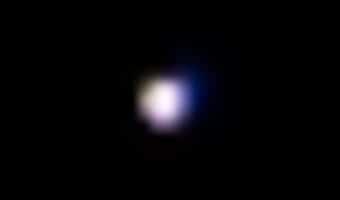I’ve already reported on the great news that the Sony 135 STF (apodized) A-mount lens covers the GFX sensor with zero vignetting. Now I’m going to look at sharpness, both on and off axis, using a slanted edge and a Siemens Star for a target. Here’s the scene: And here’s just the target area, as… [Read More]
70-200/2.8 E vs S at 200mm, more quantitative
This is the twelfth in a series of posts about the Nikon 70-200 mm f/2.8 S lens for Nikon Z cameras. The series starts here. Yesterday, I told you about the quantitative differences that Imatest and I found between the Nikon 70-200 mm f/2.8 S and E lenses using a slanted edge and a Siemens… [Read More]
70-200/2.8 E vs S at 200mm, quantitative
This is the eleventh in a series of posts about the Nikon 70-200 mm f/2.8 S lens for Nikon Z cameras. The series starts here. In a previous post in this series, I found that my copy of the Nikon 70-200 mm f/2.8 S wasn’t quite up to the high standard set by the F-mount… [Read More]
Sony 135 mm STF on GFX 50R
Yesterday I received a Fotodiox Sony A to GFX adapter, and today I mounted a Sony 135 SLT (apodized) lens on it. I mounted the lens on a GFX 50R. To my surprise and great pleasure, it covers the 33×44 format with no vignetting. The equivalent FF focal length for the same image height… [Read More]
Nikon 70-200/2.8 S corner transition point spread functions
This is the tenth in a series of posts about the Nikon 70-200 mm f/2.8 S lens for Nikon Z cameras. The series starts here. In the previous post, I looked at transitional point spread functions on axis. In this post, I’m going to do the same in the corner. As before, I used a… [Read More]
- « Previous Page
- 1
- …
- 93
- 94
- 95
- 96
- 97
- …
- 577
- Next Page »




